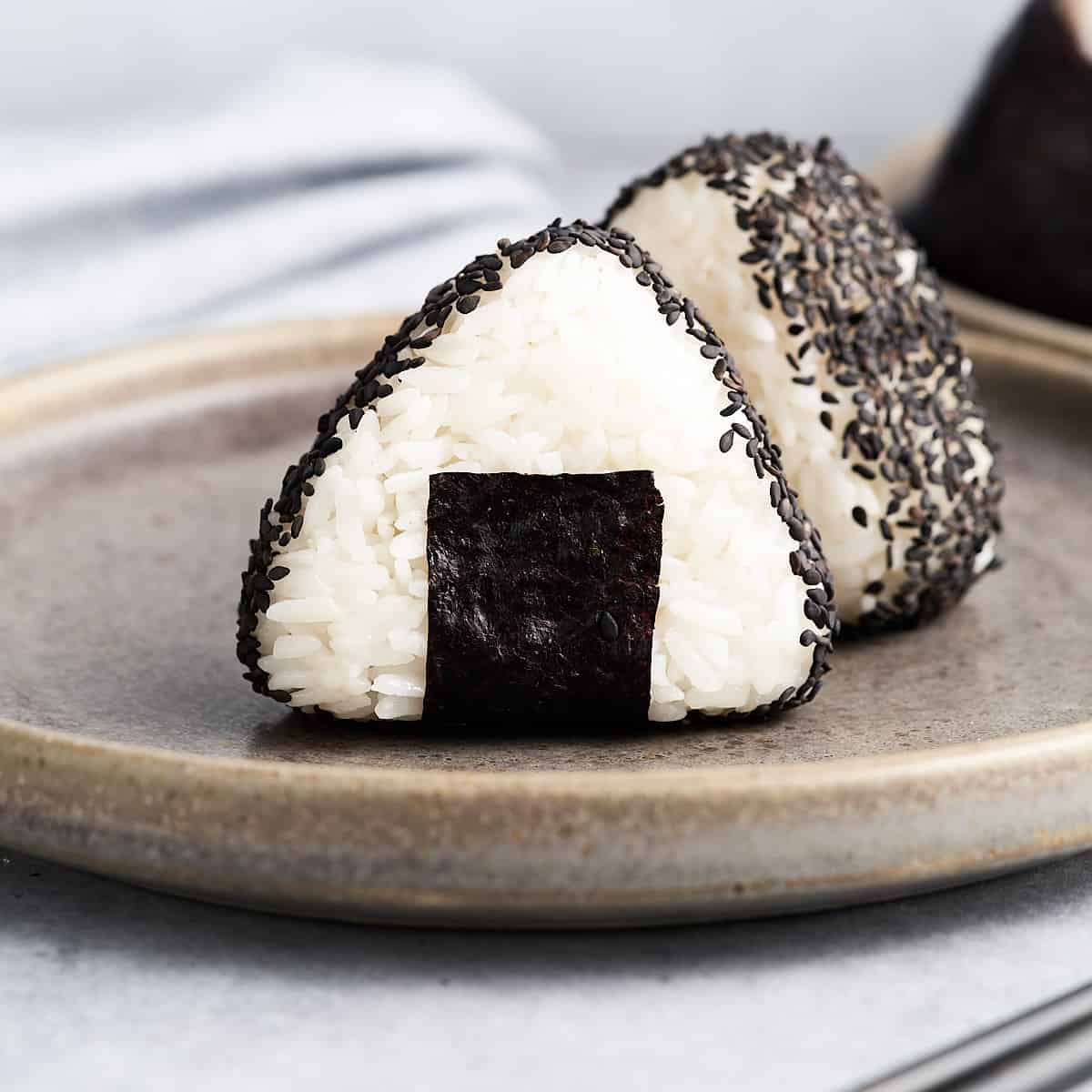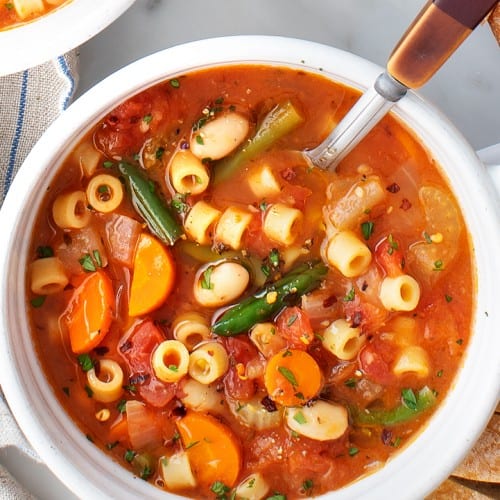Onigiri, also known as omusubi, is a traditional Japanese dish that consists of seasoned rice formed into a compact triangle or cylindrical shape. These handheld rice balls are not only a popular snack but also a convenient and portable meal option. In this article, we will delve into the world of onigiri, exploring its origins, cultural significance, and various fillings and flavors. We will also provide you with a simple recipe to make your own delicious onigiri at home.
Origins and Cultural Significance: Onigiri has been a staple in Japanese cuisine for centuries. It is believed to have originated in the eighth century during the Nara period, where it was consumed as a portable and easily transportable food for warriors and travelers. Over time, onigiri became more than just a convenient snack; it became a cultural icon, symbolizing comfort, simplicity, and the essence of home-cooked meals.
Making Onigiri: The key component of onigiri is the rice. Short-grain Japanese rice, known for its stickiness, is typically used to make onigiri. The rice is cooked and seasoned with a mixture of vinegar, salt, and sometimes sugar. This seasoning not only adds flavor but also acts as a natural preservative.
To form the onigiri, a small portion of seasoned rice is shaped into a triangle, round, or cylindrical shape using wet hands. The rice is then filled with a variety of ingredients, such as pickled plum (umeboshi), grilled salmon, tuna salad, tempura, or any other desired filling. The onigiri is often wrapped in a strip of nori (seaweed) to provide additional flavor and to make it easier to hold.
Variations and Flavors: Onigiri comes in a wide range of flavors and fillings, allowing for endless possibilities and culinary creativity. Some popular variations include:
- Salmon Onigiri: Grilled or flaked salmon mixed with mayonnaise and seasonings.
- Umeboshi Onigiri: A classic filling made with salty and tangy pickled plums.
- Tuna Mayo Onigiri: Canned tuna mixed with mayonnaise, soy sauce, and seasonings.
- Tempura Onigiri: Tempura shrimp or vegetables wrapped inside the rice ball.
- Takana Onigiri: Pickled mustard greens for a tangy and slightly spicy flavor.
- Teriyaki Chicken Onigiri: Grilled teriyaki chicken combined with rice for a savory option.
Recipe: Salmon Onigiri Here’s a simple recipe for Salmon Onigiri:
Ingredients:
- 2 cups cooked short-grain Japanese rice
- 2 grilled salmon fillets, flaked
- 2 tablespoons mayonnaise
- Salt, to taste
- Nori (seaweed) sheets, cut into strips
Instructions:
- In a bowl, combine the cooked rice, flaked salmon, mayonnaise, and a pinch of salt. Mix well to ensure even distribution of ingredients.
- Moisten your hands with water to prevent the rice from sticking. Take a handful of rice and shape it into a triangle or round shape, pressing firmly to ensure it holds together.
- Place a strip of nori around the bottom half of the onigiri, allowing it to stick to the rice.
- Repeat the process with the remaining rice and filling.
- Serve the salmon onigiri immediately or wrap them tightly in plastic wrap for later consumption.
Conclusion: Onigiri is a delightful and versatile Japanese dish that can be enjoyed as a snack, lunch, or even a picnic treat. With its simplicity and delicious fillings, onigiri has captured the hearts and palates of people worldwide. So why not try making your own onigiri at home? Explore different fillings, get creative with shapes, and savor the convenience and flavors of this iconic Japanese treat.





